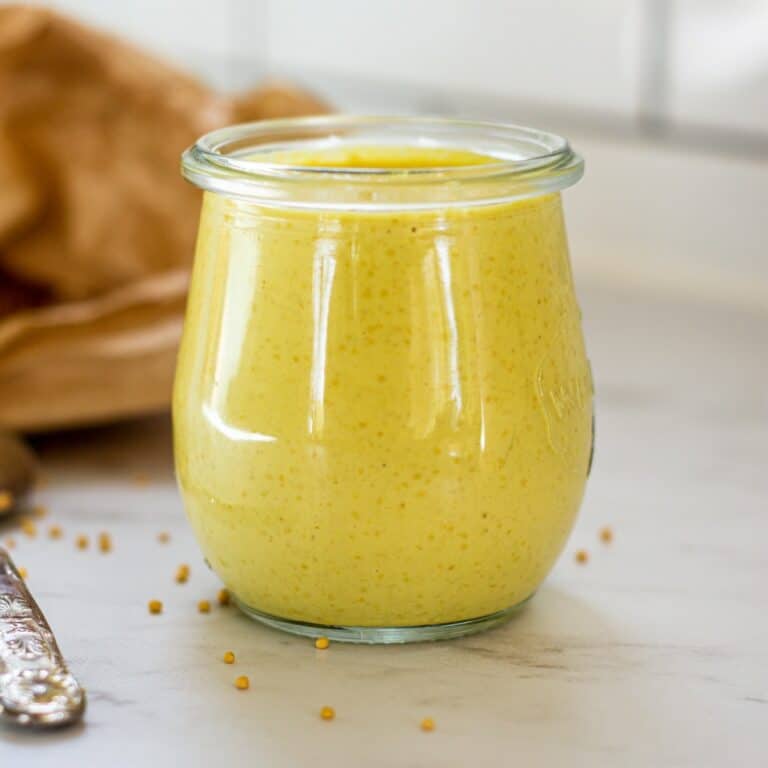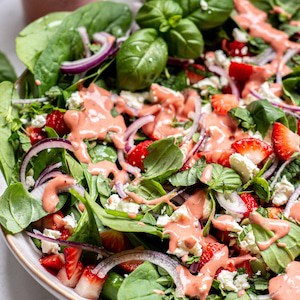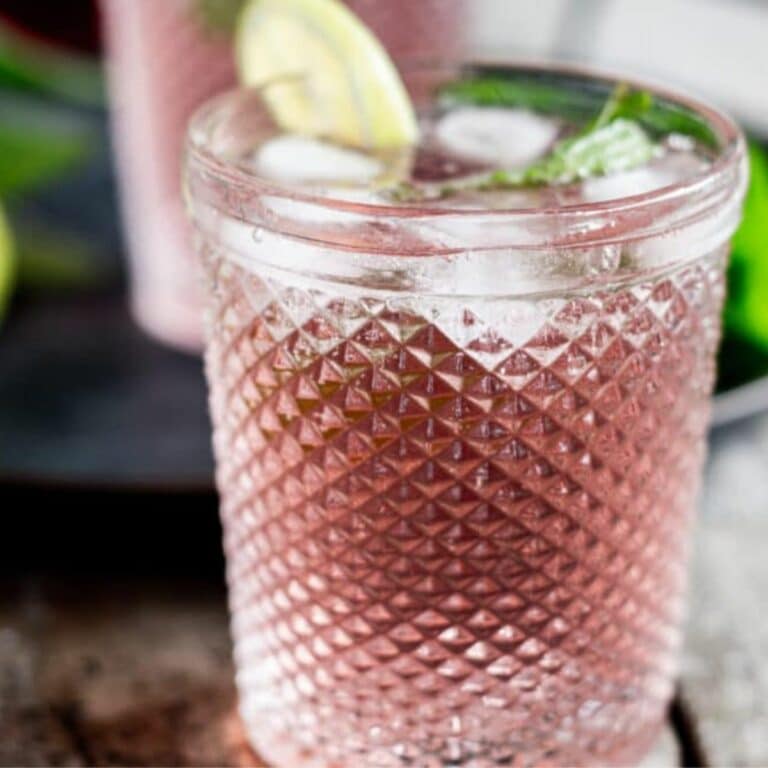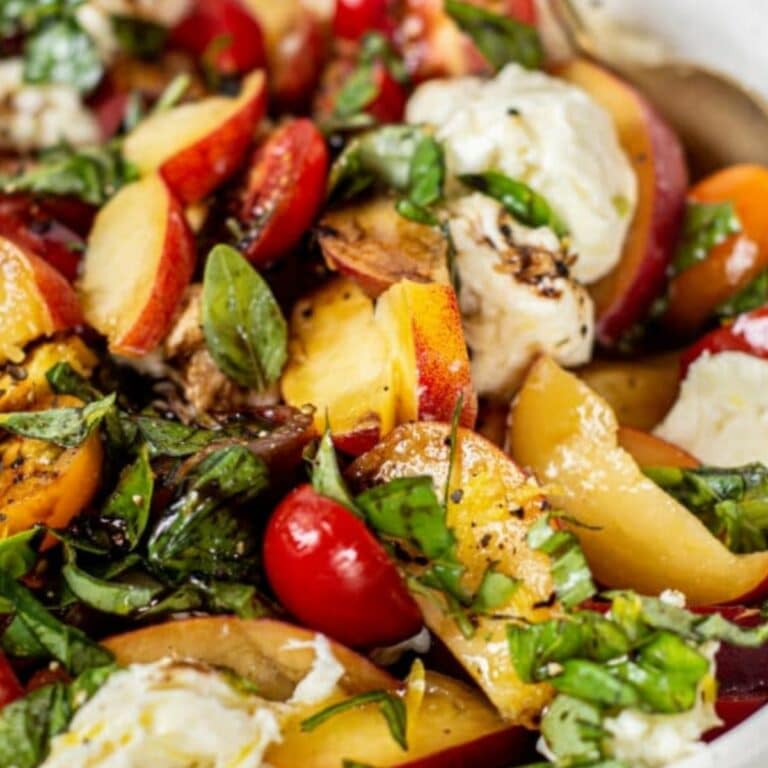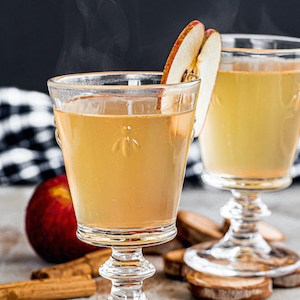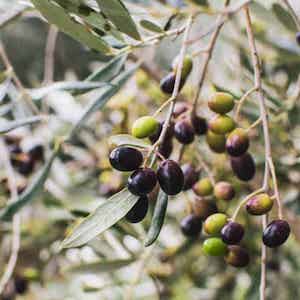Easy Balsamic Reduction Recipe
This sugar-free balsamic reduction recipe makes a tangy, and sweet glaze using only 1 ingredient.
There’s just balsamic vinegar in this recipe which is why it’s such an easy recipe! In fact, it’s hardly a recipe and more of a how-to. There is no added sugar in this recipe, the sweetness comes from the natural sweetness of the grapes in the vinegar.

Balsamic vinegar vs balsamic reduction
A homemade balsamic reduction (otherwise known as a balsamic glaze) is simply balsamic vinegar that has been reduced down into a glaze. This concentrates the flavors, brings out the natural sweetness, and slightly thickens the vinegar into a syrup-like consistency. Sometimes people add a little brown sugar or white sugar for a sweeter glaze, but it’s not necessary. Letting the vinegar simmer down concentrates the natural sugars already present.
Balsamic vinegar is a concentrated vinegar made from whole grapes. It’s deeply flavored and dark with natural sweetness from the grapes. This is enhanced by the reduction of balsamic vinegar. The vinegar tang is still there too but it’s softened. It really is a delicious condiment to have in the fridge at all times!
This is different from a balsamic vinaigrette too. A vinaigrette is a dressing made of oil, seasonings, and vinegar (though you can use this balsamic vinegar reduction in a vinaigrette!)
A cup of balsamic vinegar makes about half a cup of balsamic glaze.
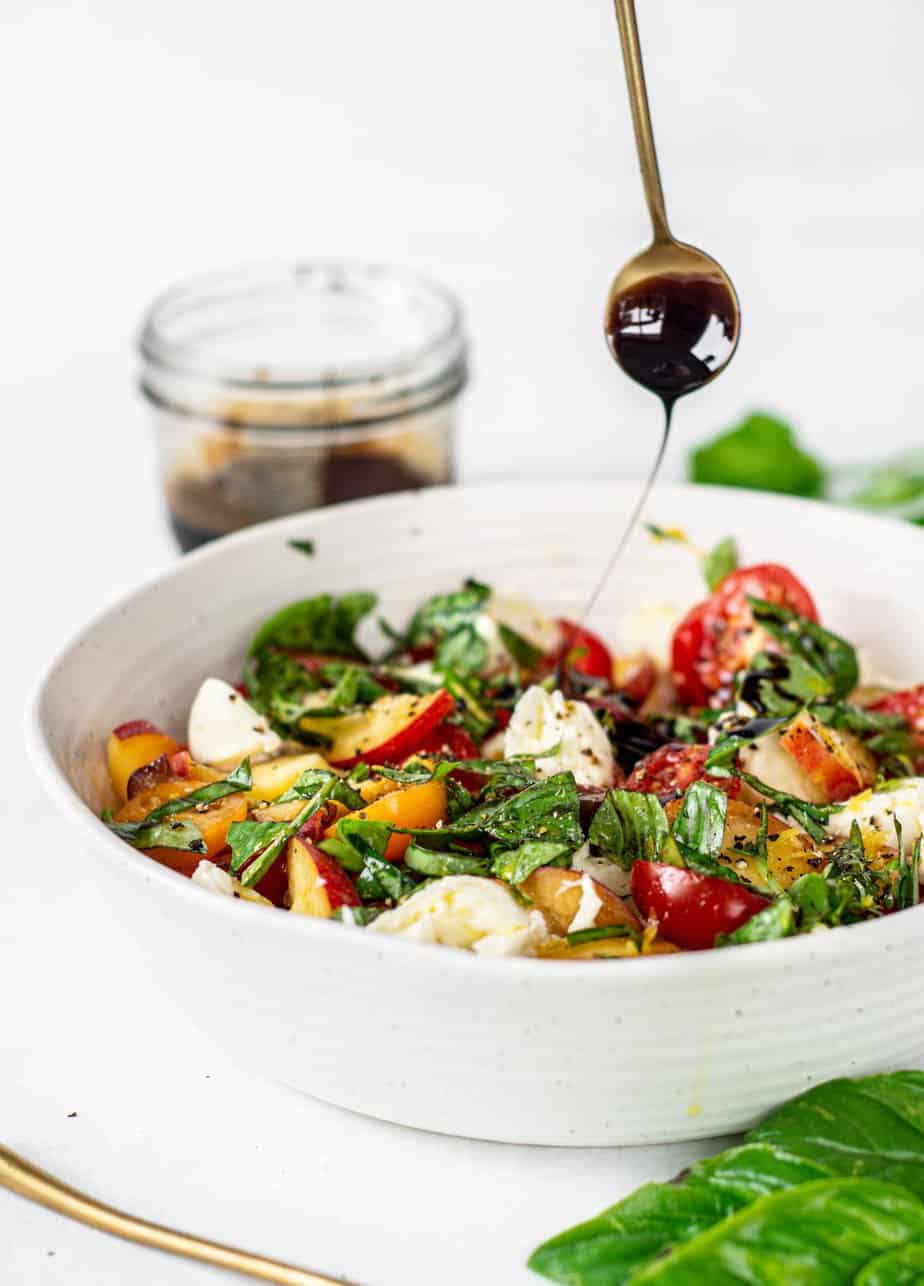
Uses for this homemade balsamic glaze recipe
There are so many uses for this flavorful topping, both in sweet and savory dishes. It’s one of our favorite ways to add an intense and unique flavor. You can use it to-
- Drizzle it over fruit salad, or any fresh fruit like peaches, fresh strawberries, blueberries…
- Use it as a salad dressing on any Caprese salad recipe
- A rocket salad is so good with balsamic glaze too. It livens up a simple salad!
- Finish off roasted cabbage or roasted Brussels sprouts with balsamic reduction
- Drizzle it over roasted veggies to bring some tangy flavor.
- On pizza
- Add it to berry pie fillings or even ice cream!
Types of balsamic vinegar
There are different grades of balsamic vinegar.
The highest grade is an Aceto Balsamico Tradizionale vinegar. These are made purely from grapes and often aged for years and years. This high quality balsamic vinegar is fermented and boiled down into a glossy glaze. These good quality vinegar are quite expensive, and rightly so after the time, it takes to make.
Middle grades of balsamic vinegar will have a mix of grape must and wine vinegar. It doesn’t taste as good as the traditional balsamic vinegar when eaten as is, and it’s a lot thinner. However, it’s still a good balsamic vinegar to use in this balsamic reduction, as now it has a chance to simmer down and become concentrated. A decent quality middle-grade balsamic vinegar has been used in this recipe.
The cheapest and lowest grade of balsamic vinegar can still be marketed as Aceto Balsamico Di Modena (balsamic vinegar of the Modena region) but doesn’t contain any grapes. They can be made very quickly and have the additions of flavors and thickeners added. Check the ingredients on the bottle to see. If it doesn’t include the ingredient ‘grape must’, it’s best to not use it or it won’t be a proper balsamic vinegar glaze.
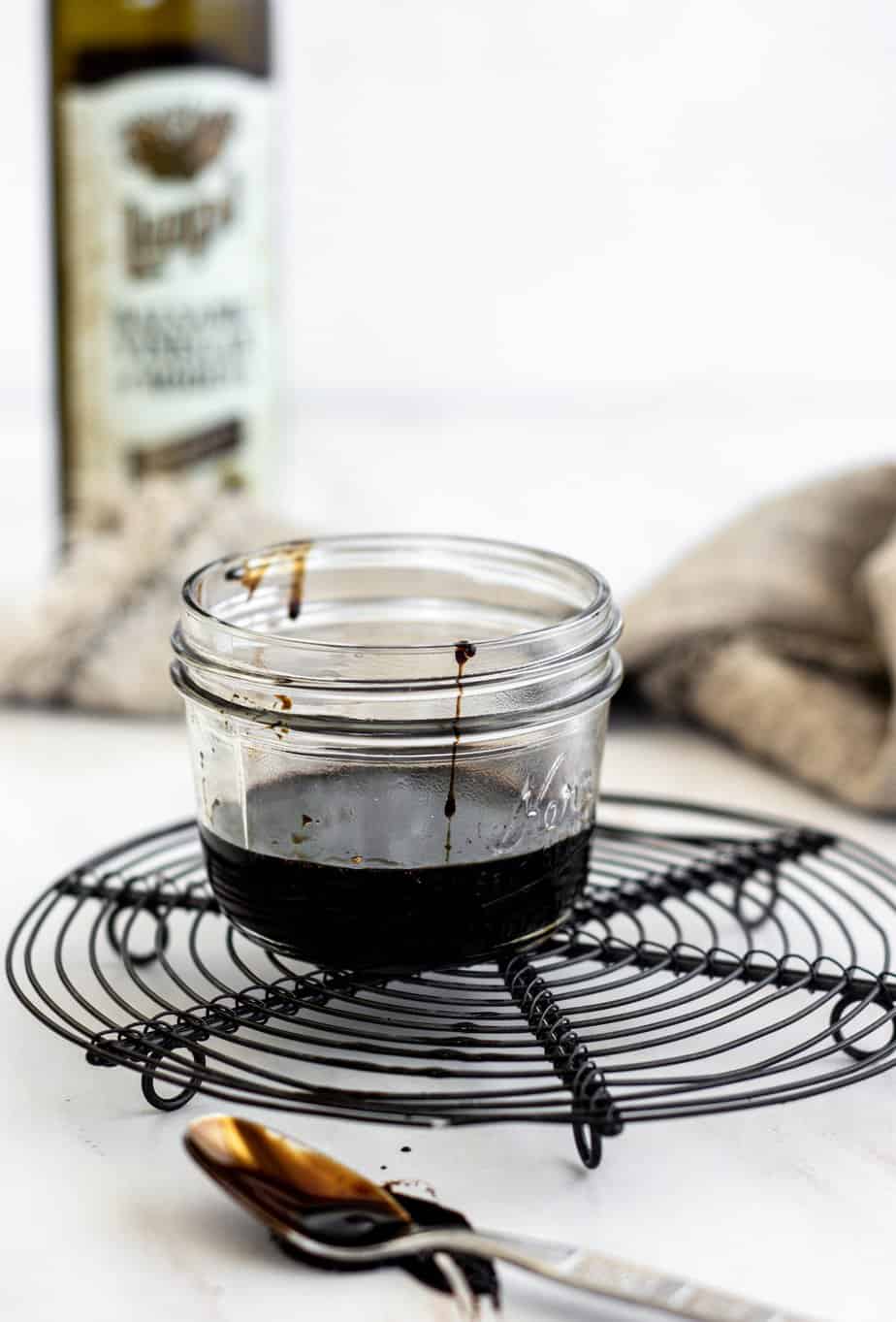
Is balsamic glaze gluten-free?
Proper balsamic vinegar is gluten-free so the glaze made from it is as well.
The balsamic glaze recipe method
Add the vinegar to a small saucepan.
Bring the vinegar to a gentle boil over medium-high heat. Turn it down to medium heat and simmer for around 12-15 minutes until the vinegar has reduced by about half. Dip a metal spoon into the mixture, it should coat the back of a spoon. How fast this happens depends on how wide the saucepan is (the wider the saucepan, the faster the cook time.)
Don’t let the vinegar reduce too far down or you’ll make balsamic toffee. It’s not going to be a very syrupy glaze yet because the glaze will thicken slightly as it cools. Once it’s cooled it will be thin syrupy consistency.
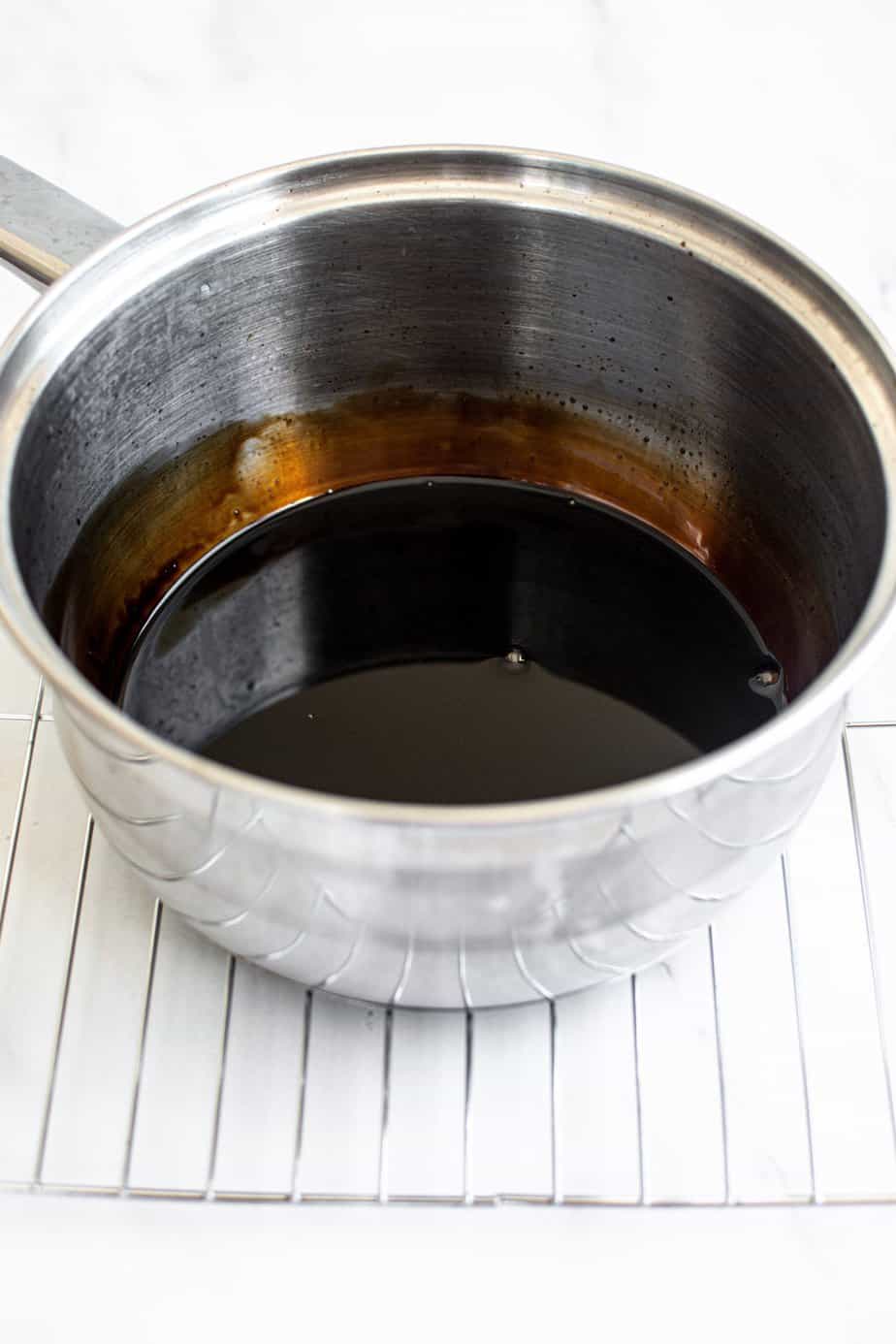
Let it cool right down to room temperature before transferring it to an airtight clean glass jar or bottle.
Storing
The homemade glaze has a long shelf life. It can be stored in the refrigerator for 4 months or more in a sealed container.
Related recipes
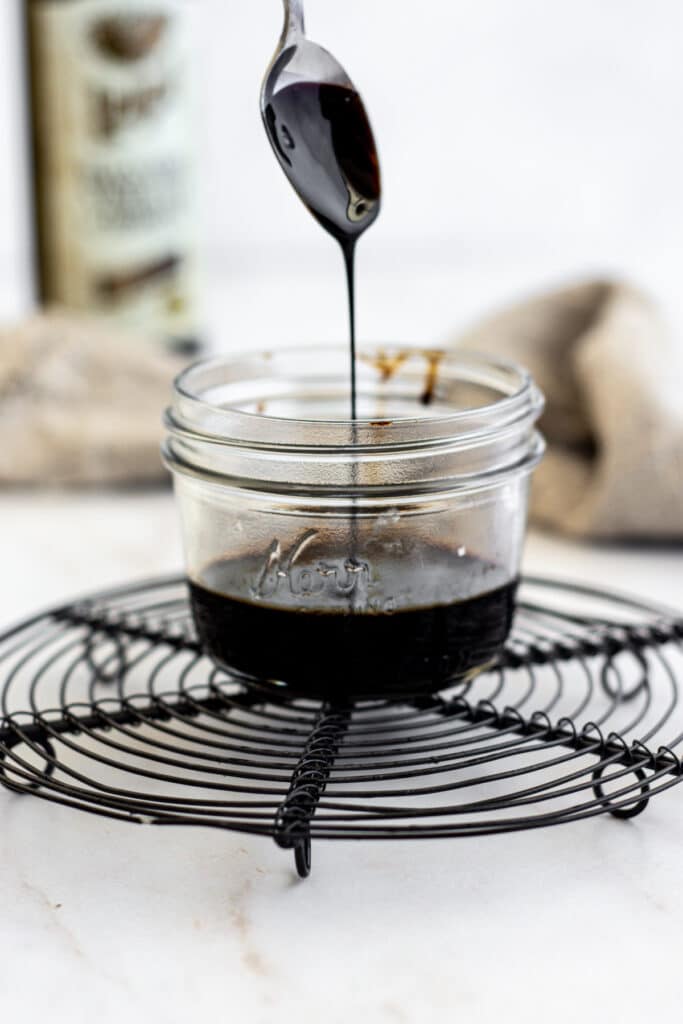
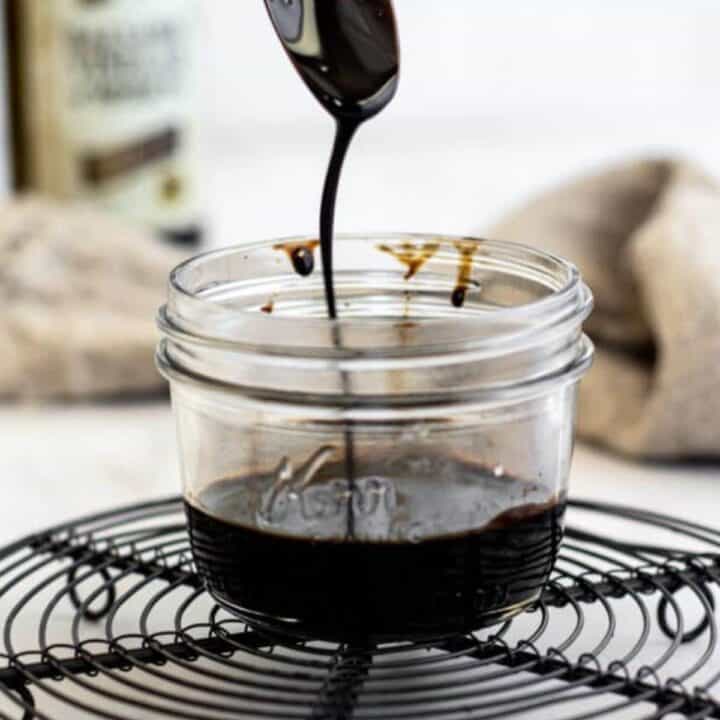
Easy Balsamic Glaze
This balsamic reduction recipe makes a sticky, tangy, and sweet glaze using only 1 ingredient.
Ingredients
- 250ml good quality balsamic vineagr
Instructions
- Add the vinegar to a small-medium saucepan.
- Bring the vinegar to a simmer and keep it simmering on medium heat for around 12-15 minutes until the vinegar has reduced by about half and it just coats the back of a metal spoon.
- How fast this happens depends on how wide the saucepan is (the wider the saucepan, the faster it will reduce.)
- Don't let the vinegar reduce too far down or you'll make balsamic toffee. The glaze will thicken slightly as it cools.
- Let the glaze cool to room temperature, then store in a sealed jar at room temperature or in the fridge.
Nutrition Information:
Yield: 10 Serving Size: 1Amount Per Serving: Calories: 24Total Fat: 0gSaturated Fat: 0gTrans Fat: 0gUnsaturated Fat: 0gCholesterol: 0mgSodium: 6mgCarbohydrates: 5gFiber: 0gSugar: 4gProtein: 0g
